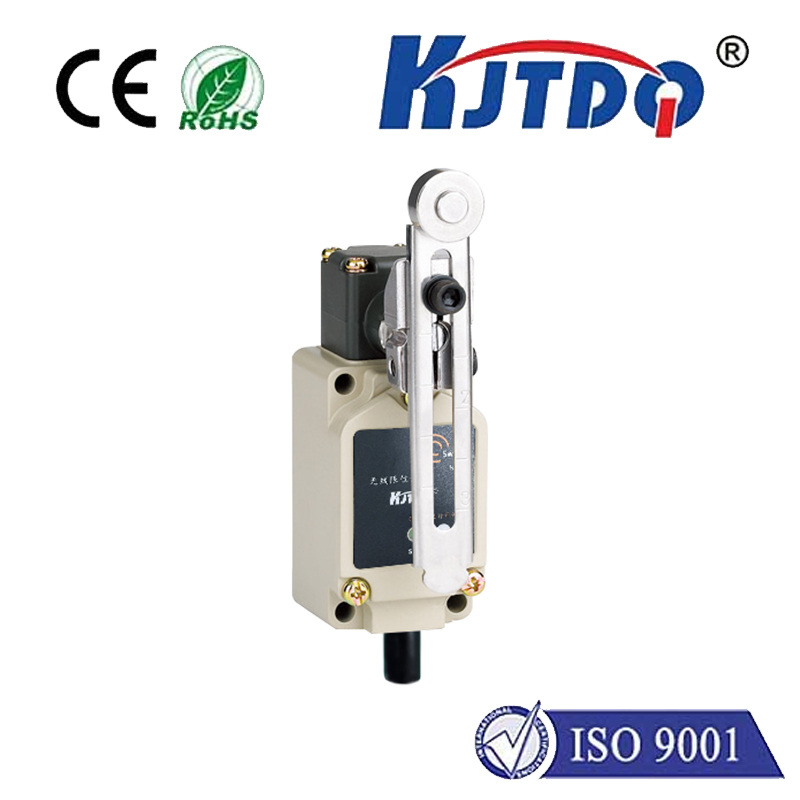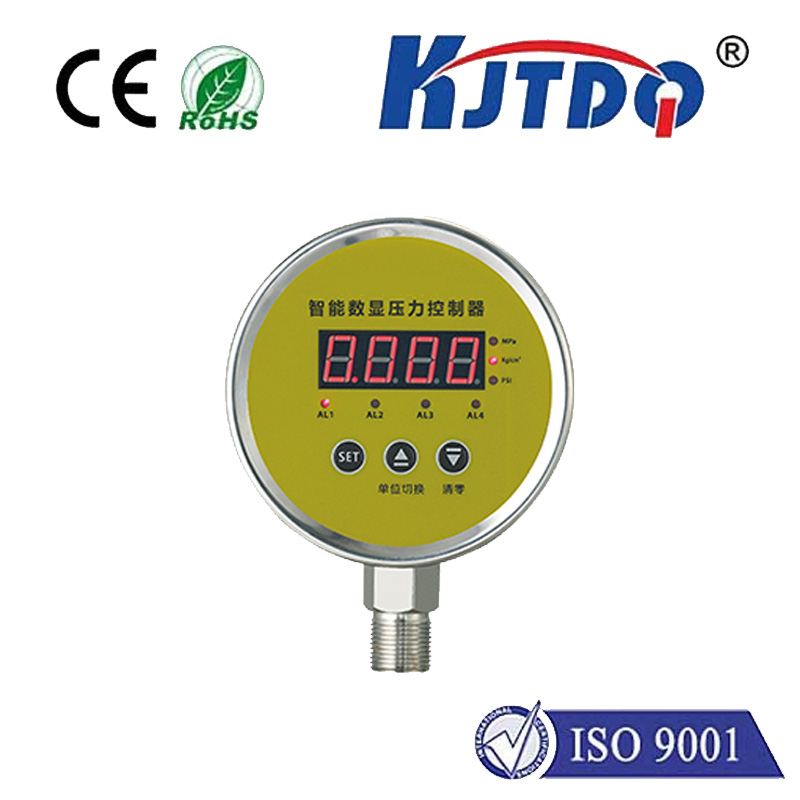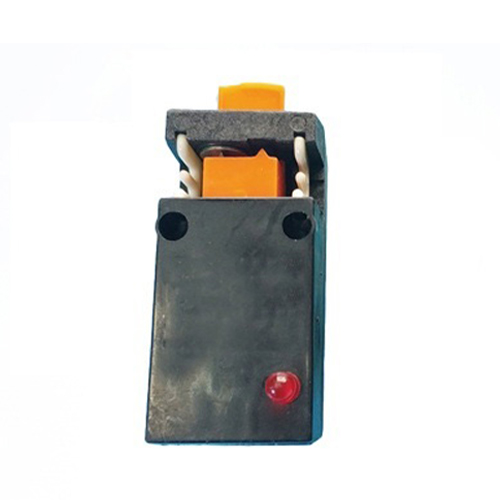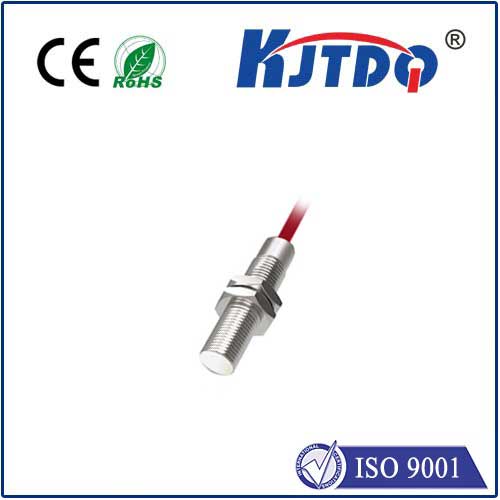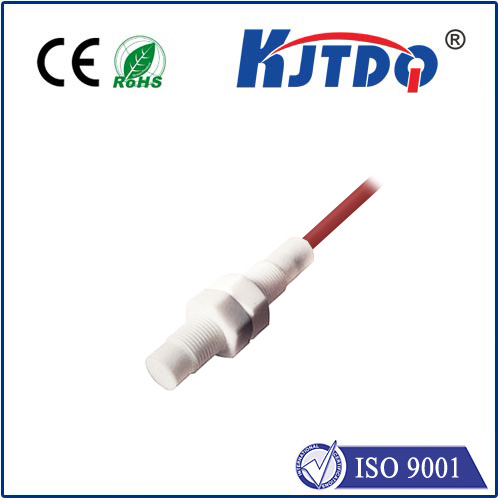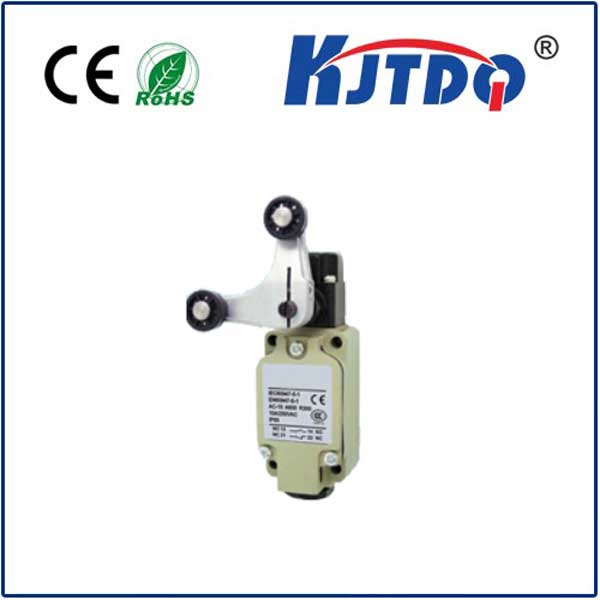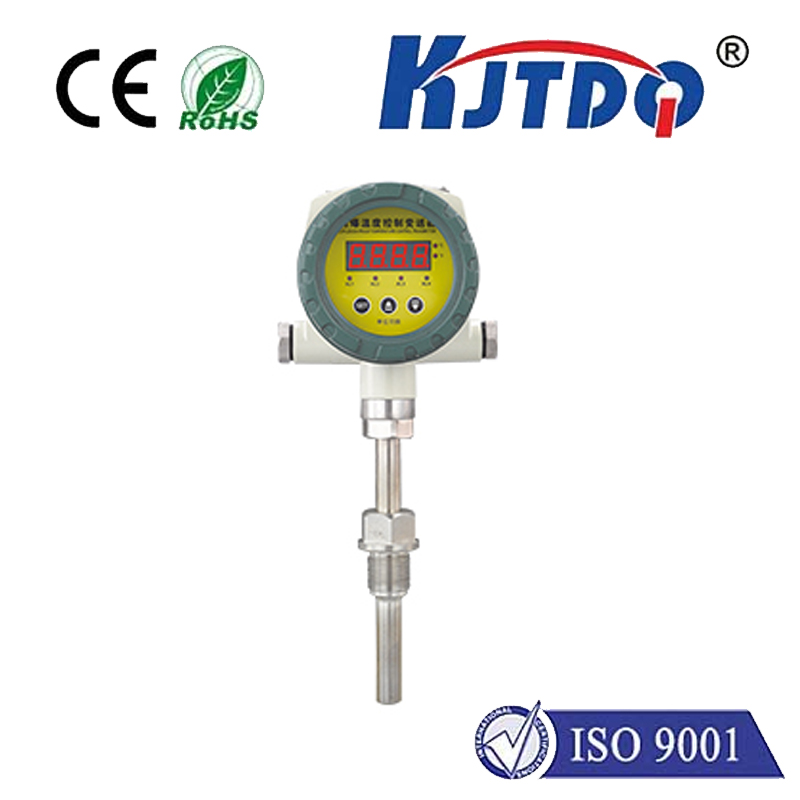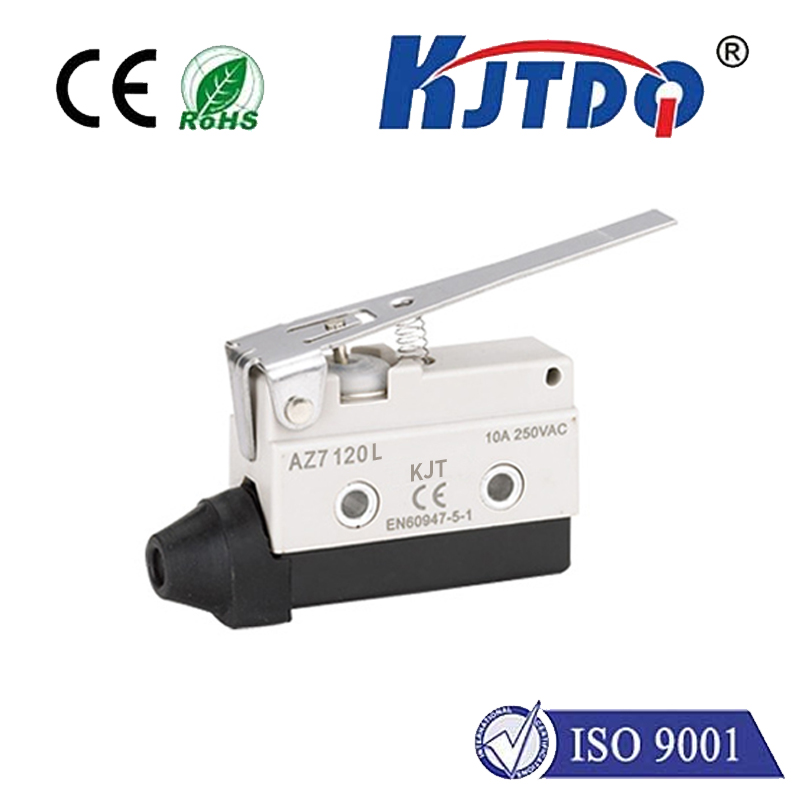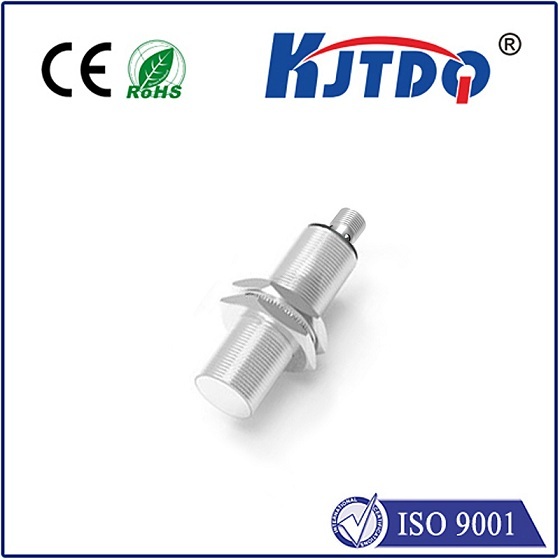inductive level sensor
- time:2025-07-03 01:36:34
- Click:0
The Inductive Level Sensor: Reliable Non-Contact Liquid Monitoring for Industry
Imagine managing a massive storage tank filled with a critical, potentially hazardous chemical. Knowing the exact liquid level isn’t just about efficiency; it’s a matter of safety, preventing dangerous overfills, costly dry runs, system damage, or even catastrophic environmental incidents. In environments where direct contact with the process liquid is undesirable or impossible, one technology stands out for its rugged simplicity and reliability: the inductive level sensor.
Unlike sensors that physically touch the liquid (like floats) or require optical windows or complex calibration (like ultrasonic sensors), inductive level sensors operate on a fundamental principle of physics: electromagnetic induction. At its core, an inductive sensor generates an oscillating high-frequency electromagnetic field using a primary coil. When a metallic target (like a specially designed float or actuator) enters this field, it induces small eddy currents within the metal. These currents, in turn, create their own opposing magnetic field. This interaction changes the characteristics (typically the amplitude or frequency) of the primary coil’s oscillation. This detectable change – amplified and processed by integrated electronics – is what triggers the sensor’s switching action, signaling that the target level has been reached.

The core technology might seem simple, but its implications for industrial process control are profound. Inductive level sensors offer compelling advantages that make them indispensable across numerous sectors:
- Non-Contact Operation: This is arguably their most significant benefit. The sensing element is completely isolated from the process medium by a non-magnetic barrier (like stainless steel or plastic). This means no moving parts penetrate the tank, eliminating risks of seal failure, leakage, clogging, or contamination. It makes them ideal for sterile environments (food & beverage, pharmaceuticals) or handling aggressive, viscous, abrasive, or sticky fluids that would quickly foul contact sensors.
- Robustness and Reliability: Built with industrial-grade materials (typically 316 stainless steel or specialized plastics), inductive sensors are designed to withstand harsh industrial environments. They are highly resistant to pressure fluctuations, temperature extremes (often rated for -40°C to +150°C or higher), aggressive chemicals, strong vibrations, and high shock loads – environments where other sensing technologies might fail prematurely. Their inherently solid-state design (no moving parts) translates directly into lower maintenance costs, exceptional longevity, and less downtime.
- Fast Response Time: The detection principle allows for extremely rapid switching, often in microseconds. This is critical for high-speed filling applications, precise pump control, or rapidly changing level conditions where lag times are unacceptable. The sensor reacts almost instantaneously the moment the target enters its detection zone.
- Simplified Installation: Inductive sensors are typically compact and easy to mount. Installation often involves simply threading the sensor body into a standard process connection (like G ½”, NPT ½”, etc.) on the side of a tank. There’s no complex internal mechanism to align or calibrate against the liquid itself. This reduces installation time and complexity significantly.
- Operation Independent of Liquid Properties: Since they detect a metal target, not the liquid directly, their performance is generally unaffected by the liquid’s color, transparency, conductivity, viscosity, density, dielectric constant, or foam formation. This removes a major variable and potential source of measurement error or unreliability found in technologies like capacitive or optical sensors.
- Intrinsically Safe Options: Many inductive sensors are available with intrinsically safe (IS) approvals (e.g., ATEX, IECEx). This allows their safe use in hazardous areas where flammable gases, vapors, or dusts are present, minimizing the risk of ignition – a critical requirement in oil & gas, chemical processing, and paint manufacturing.
Given these powerful attributes, it’s no surprise that inductive level sensors are deployed in a vast array of demanding applications:
- Chemical & Petrochemical: Monitoring aggressive solvents, acids, alkalis, and hydrocarbons in storage tanks, reactors, and transport vessels. Intrinsically safe models are essential here.
- Water & Wastewater: Reliable detection in settling tanks, dosing stations, filter systems, and pumping stations, handling everything from clean water to abrasive slurries and sewage.
- Food & Beverage & Pharmaceuticals: Ensures hygienic, non-contaminating level control in processes involving syrups, creams, dairy products, sauces, juices, and pharmaceutical ingredients requiring strict purity. CIP/SIP compatibility is often standard.
- HVAC & Refrigeration: Level detection and pump protection in chillers, boilers, and cooling towers.
- Hydraulics & Lubrication: Monitoring hydraulic fluid levels in machinery reservoirs or lubricant levels in large gearboxes. Their ability to handle oil is excellent.
- Pulp & Paper: Robust level monitoring of stock tanks, chemical additives, and white water circuits.
- Machine Tools: Protecting expensive machines by monitoring coolant levels in sumps.
Selecting the right inductive level sensor involves considering several key specifications:
- Detection Range (Switching Distance): Typically measured in millimeters (e.g., 5mm, 8mm, 15mm, 30mm). Ensure this range suits the distance your target will travel. Remember, the sensor detects the target, not the liquid surface itself – the target’s position must correspond to the desired liquid level.
- Target Material & Size: The sensor must be compatible with the metal used in the float or actuator (common choices are magnetic stainless steel like SS430 or non-magnetic like SS304/316). The target size must also be sufficient to reliably trigger the sensor at the specified switching distance.
- Process Connection: Match the sensor’s threaded (or flanged) connection to the fitting available on your vessel/tank.
- Material: Select the housing and seal material (e.g., 316L stainless steel, PTFE seals) compatible with the process fluid chemistry, temperature, pressure, and cleaning requirements.
- Pressure Rating: Must exceed the maximum operating pressure within the vessel.
- Temperature Range: Must cover both ambient and process fluid temperatures.
- Electrical Output: Choose from basic SPDT/SPST relays for high-power switching, PNP/NPN transistors for PLC interfacing, or analog (4-20mA, 0-10V) options for continuous level indication. Voltage ratings (e.g., 24VDC, 110/230VAC) must match the control system.
- Protection Rating (IP): Ensures resistance to dust and water ingress (e.g., IP67 for temporary submersion, IP69K for high-pressure washdown).
- Certifications: Crucial for hazardous areas (ATEX, IECEx, FM/CSA) or hygienic applications (EHEDG, 3A).
When






